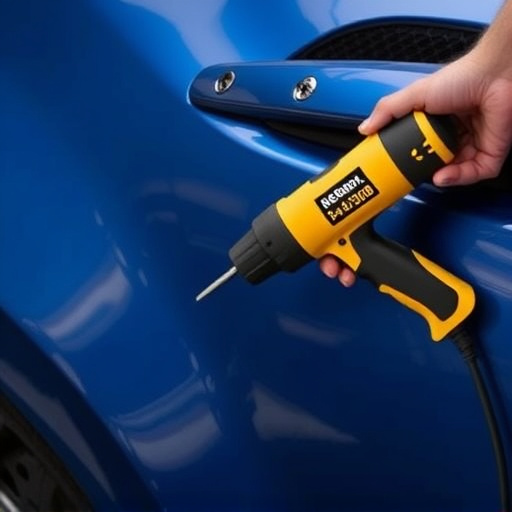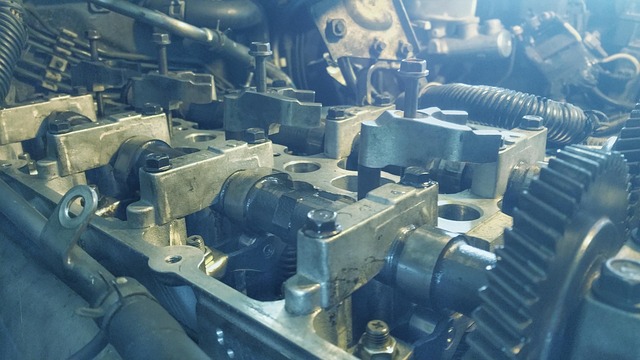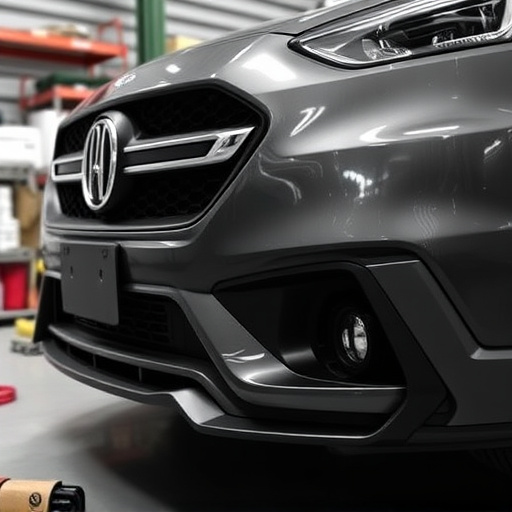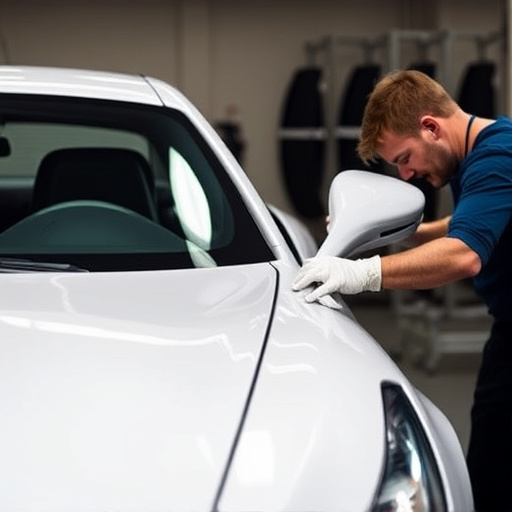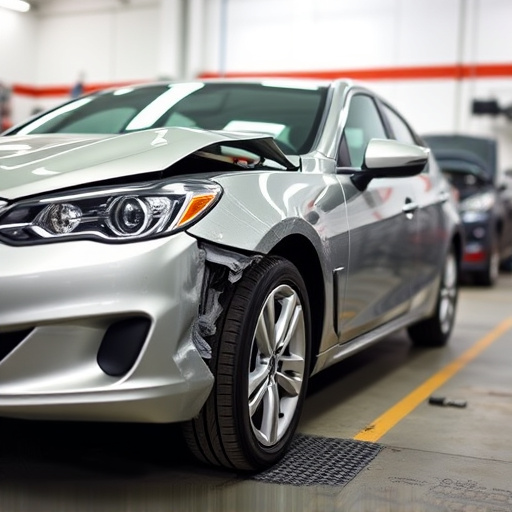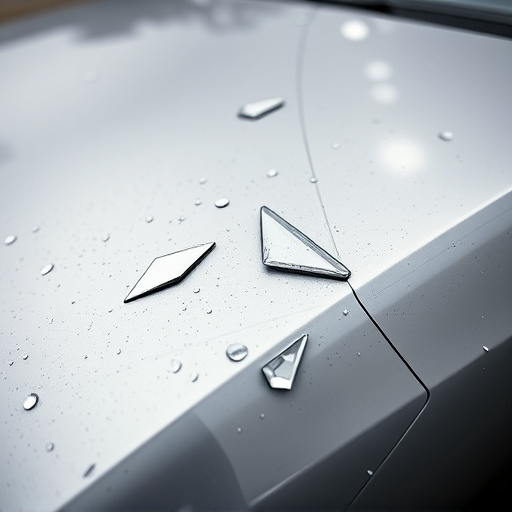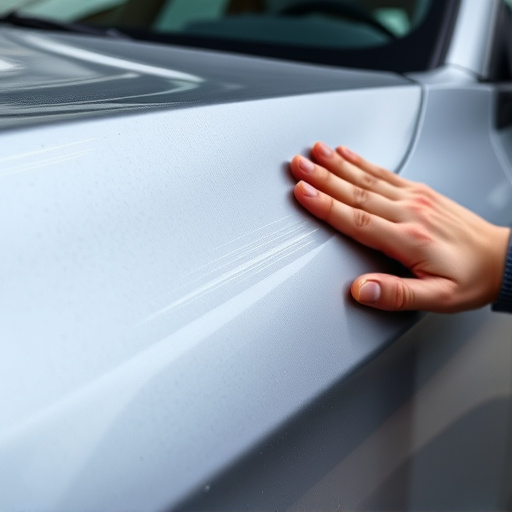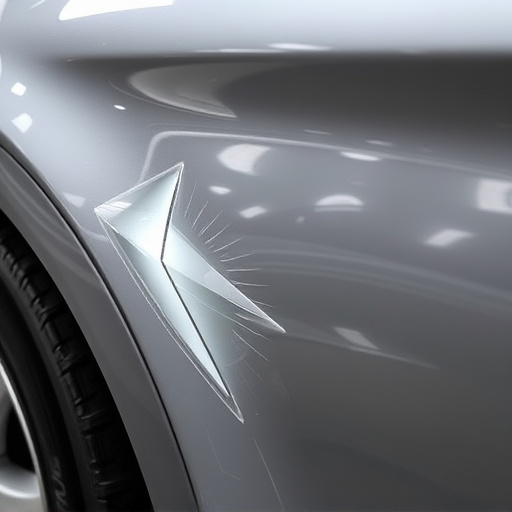Understanding your auto insurance policy is key for rear window repair coverage. Standard policies often include comprehensive protection, but deductibles and exclusions vary. Review fine print to know out-of-pocket expenses and limitations. Many home insurance policies exclude outdoor or mobile vehicle repairs. Thoroughly review coverage for legitimate claims, especially for seemingly minor yet crucial repairs. Maximize benefits by checking for comprehensive glass repair clauses. Utilize reputable repair services for high-quality work. Keep detailed records of repairs and invoices for future claims.
Discover the hidden secrets behind your car insurance policy’s rear window repair coverage. In this comprehensive guide, we’ll unravel seven key points to help you navigate repairs smoothly. Understanding what’s covered and what isn’t is crucial in avoiding unexpected costs. Learn about common exclusions and loopholes, and gain insider tips to maximize your benefits. By the end, you’ll be an expert in protecting your vehicle’s rear window with confidence.
- Understanding Your Policy: What's Covered?
- Common Exclusions and Hidden Loopholes
- Maximizing Benefits: Tips for Smooth Repairs
Understanding Your Policy: What's Covered?
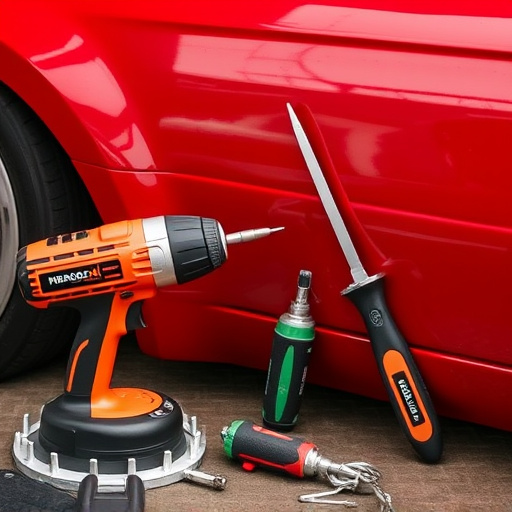
Understanding your insurance policy is key to knowing what’s covered when it comes to rear window repair. Most standard auto insurance policies include comprehensive coverage, which can help with the costs associated with repairing or replacing a damaged rear window. This includes damage from accidents, natural events like hailstorms, or even vandalism. However, the specifics can vary greatly between providers and policy types.
When reviewing your policy, pay close attention to the deductibles and limits outlined in the fine print. Comprehensive coverage typically has a separate deductible, so be sure to understand this amount as it’s what you’ll need to pay out-of-pocket before insurance steps in. Additionally, check if there are any exclusions or limitations on rear window repair specifically, or vehicle paint repair more broadly, such as those related to pre-existing damage or proper care and maintenance of the vehicle. Knowing these details can help ensure you’re fully prepared when navigating the process of filing a claim for rear window repair, whether it’s through your insurance provider or by seeking out fleet repair services for commercial vehicles.
Common Exclusions and Hidden Loopholes
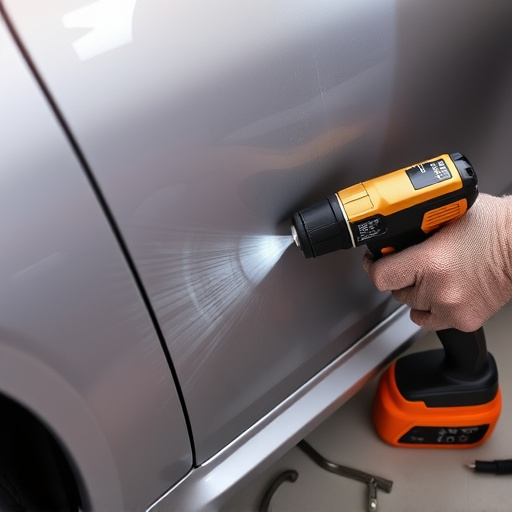
Many people are unaware that their standard home insurance policies often exclude damage to vehicles, including rear window repairs. This is a common exclusion, especially in cases where a vehicle is parked outdoors or considered a mobile asset. Policyholders may think their coverage extends to any repair, but hidden loopholes and specific exclusions can leave them responsible for significant costs.
While comprehensive insurance plans typically cover various incidents, there are often stipulations. For instance, some policies might not cover rear window repairs if the damage is caused by wear and tear or normal usage. Additionally, tire services and automotive collision repair, which could lead to secondary issues like shattered glass, may not be included. Policyholders should carefully review their coverage, understanding what is and isn’t considered a legitimate claim, especially when it comes to these seemingly minor yet crucial repairs.
Maximizing Benefits: Tips for Smooth Repairs
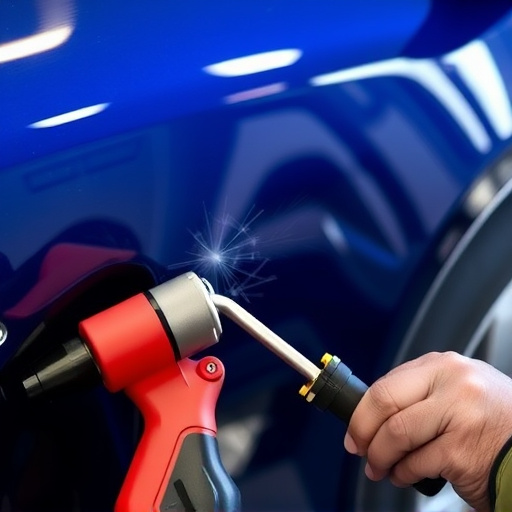
Maximizing Benefits: Tips for Smooth Repairs
When it comes to rear window repair, understanding your insurance coverage and maximizing its benefits is crucial. The first step is to review your policy thoroughly, paying close attention to the specific clauses related to glass repairs and replacements. Many policies offer comprehensive coverage, which can include rear window repair without any out-of-pocket expenses for you. This means that in case of damage, say from a debris strike during a road trip, you can avail these services free of charge.
To ensure a smooth repair process, consider using reputable vehicle repair services with experience in both regular maintenance and specialized repairs like mercedes benz collision repair. These professionals not only guarantee high-quality work but also ensure that your rear window is restored to its original condition. Additionally, keeping records of all repairs and invoices can be beneficial, as they serve as a reference for future claims and help you stay informed about the health of your vehicle’s glass components, ultimately contributing to safer driving conditions and peace of mind.
Knowing your insurance policy’s intricacies is key to ensuring a seamless rear window repair process. By understanding what’s covered, identifying potential exclusions, and maximizing your benefits, you can navigate this often complex landscape with confidence. Remember, being informed allows you to make informed decisions, ultimately leading to a quicker and more efficient resolution for your rear window repair needs.

